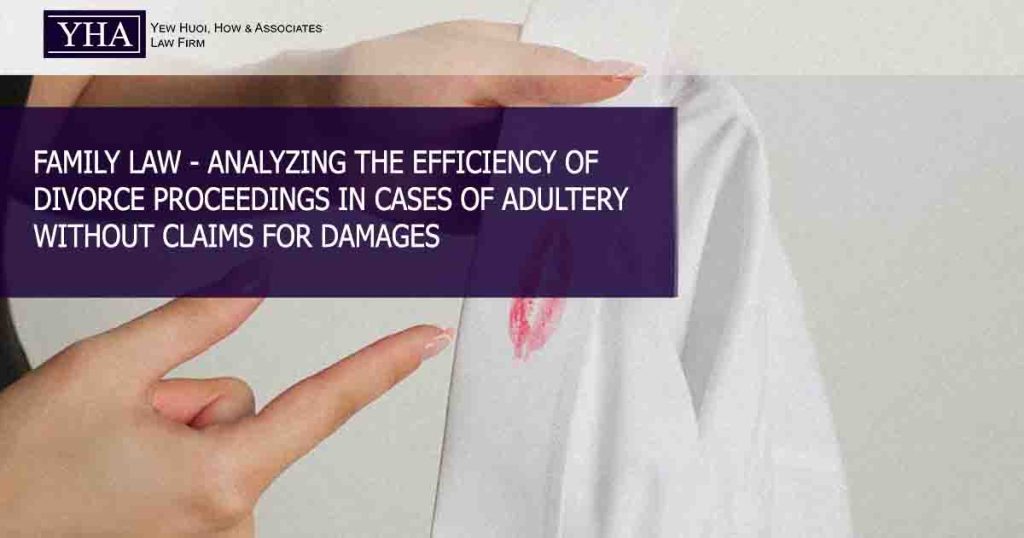1. Illustrative scenario:
The petitioner, a husband, filed for the dissolution of his marriage to the respondent, his wife, on the basis that their marriage had irretrievably broken down due to their separation for at least two continuous years immediately before the petition was filed.
The respondent wife acknowledged the irretrievable breakdown of the marriage due to the separation but also sought dissolution on the grounds of adultery. She successfully added the alleged adulteress (woman X) as a party to the petition. However, the wife did not seek any damages or relief against woman X.
The key legal questions presented are
- Is the separation alone, which led to an irretrievable breakdown, sufficient to grant a divorce decree without the need to investigate the adultery claim?
- Is it unnecessary to delve into the adultery allegation when no damages or relief are being sought against the alleged adulteress?.
2. The Applicable Principles:
- s.54 of the Law Reform (Marriage and Divorce) Act 1976 (‘the LRMDA’) outlines four grounds for proving that a marriage has irretrievably broken down: adultery, unreasonable behavior, desertion, or having lived apart for at least two continuous years immediately before filing the petition.
- If both parties agree that they have lived apart for the required two years, further inquiry into whether the marriage has also irretrievably broken down due to adultery is not necessary.
- The LRMDA aims to dissolve marriages that have irretrievably broken down with minimal bitterness, distress, and humiliation, where fault is not relevant for the divorce grant.
- While adultery can be examined during the trial, if there is no claim for damages or relief against the adulteress, pursuing this issue would be considered frivolous and could unnecessarily delay the divorce proceedings. Such claims may be dismissed by the court to avoid undue delays.
Reference cases:
- Premganesh a/l Dr K Ganaisan v. Nagaletchumy a/p Thangarasu & Anor [2023] 8 MLJ 286
- SS v. HJK [1991] MLJU 18

